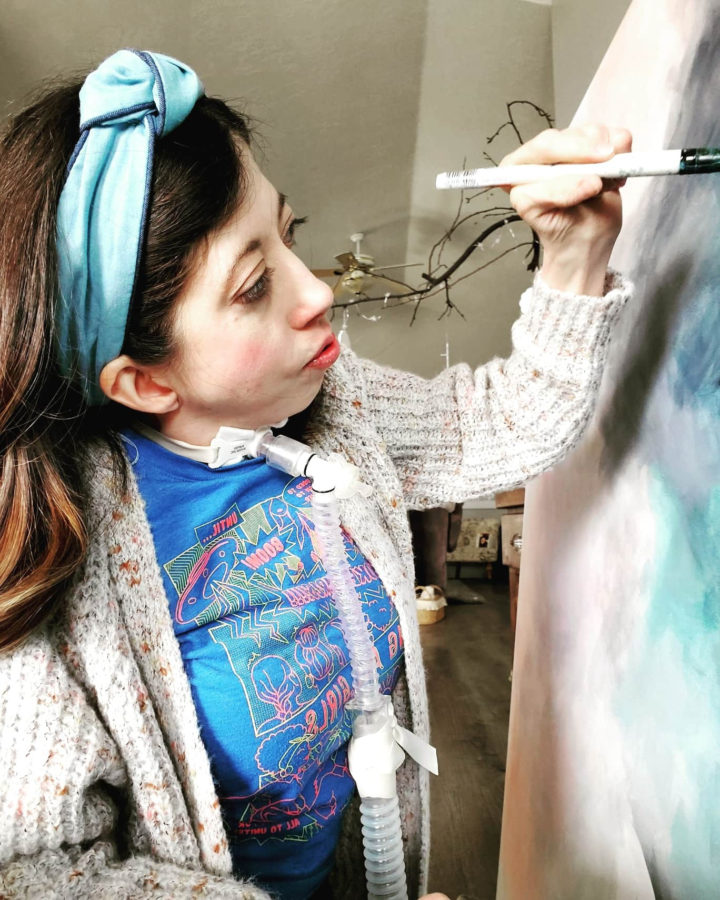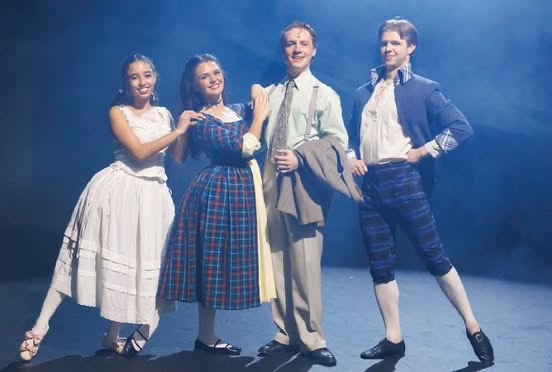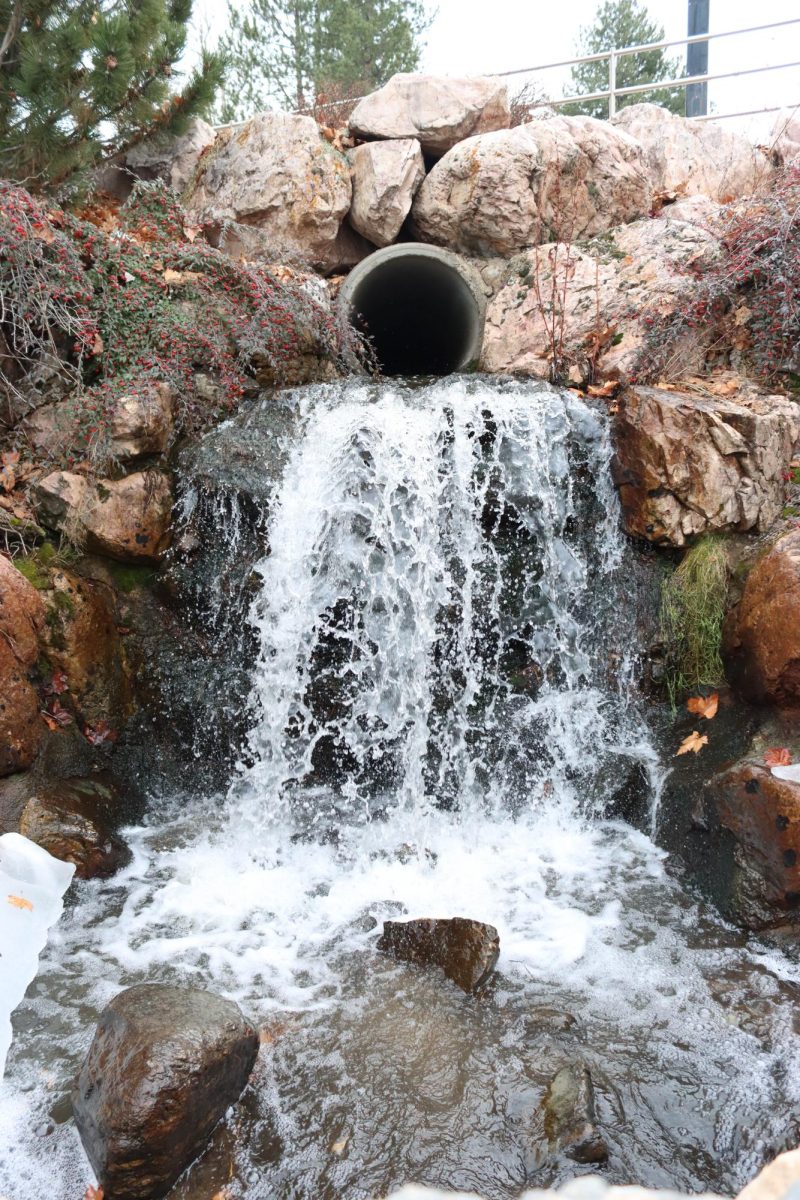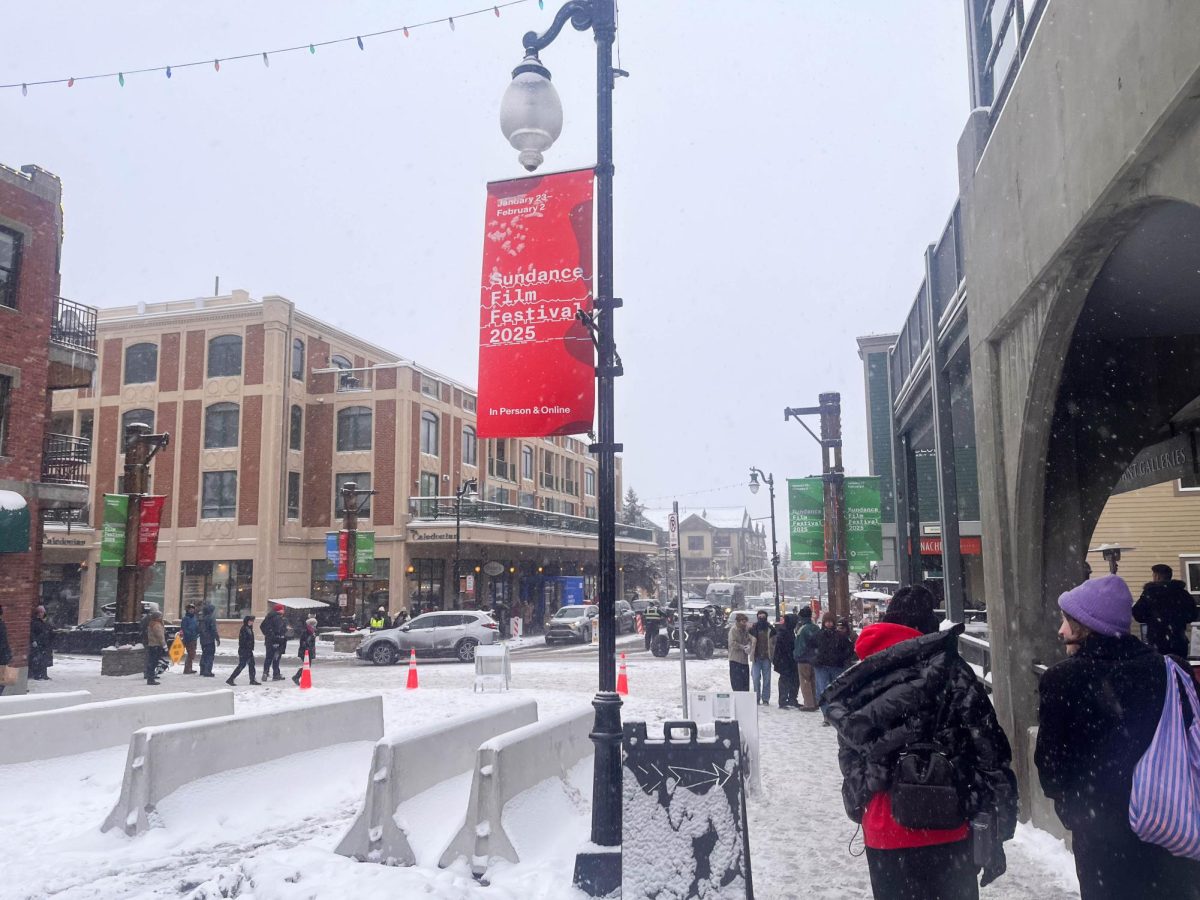
An American white pelican photographed by Rosalie Winard is featured above. Winard spoke to faculty and students about the conservation efforts of North American large wetland birds on Sept. 20.
This month, the art gallery in the Shepherd Union Building features photography of avian water life. Rosalie Winard, the Convocations speaker on Sept. 20, took these photographs in order to inform the public about conservation and awareness of large wetland birds and their habitats in North America.
“Rosalie Winard has been documenting the water birds of the Great Salt Lake for a state archive that will live at the Marriott Library at the University of Utah when she’s finished,” said Diane Stern, director of the Office of Cultural Affairs. “She thinks she has about another year and a half to do this. She’s already been doing it for a year and a half, so big project. Aside from the fact that it makes a document that is useful, her work is just incredibly beautiful.”
The project began more than a year ago and has been relocated since then from New York City to Salt Lake City. Winard, who is originally from the East Coast, has spent the last year and a half photographing birds at the Great Salt Lake, Farmington Bay, Bear River, Antelope Island and several other bodies of water located in Northern Utah.
”I’m trying to counterpoint the different moods of the lake, because the lake, to me, is like a personality that I’m still getting to know, and it’s a huge personality,” said Winard at the convocation about the Great Salt Lake.
Winard uses infrared film to photograph these birds and landscapes. Her photographs are black and white and feature a variety of bird species, from ducks and egrets to owls and falcons.
“We felt like this was a nice way to kick off the series because it is sort of a soft entry, looking at conservation and something beautiful,” Stern said.
Winard’s book, Wild Birds of the American Wetlands, features a foreword by noted doctor of animal science Temple Grandin. The book features a collection of photographs Winard took from the wetlands of America.
Winard’s convocation set off a yearlong, campus-wide discussion on the topic of the importance of water and water conservation. This idea was inspired by a project from a few years ago when photographer James Balog visited the Weber State University campus. Balog photographed glacial ice loss, which began a campus-wide discussion of climate change.
“When Jim was here, we had a similar situation; we had a gallery display in the bridge gallery of his work,” Stern said. “He’s been documenting the glacial ice loss around the planet. He also did classroom visits and some workshops and a couple of events. It was quite successful. Provost Vaughan wanted to replicate that conversation that started happening on campus to have a campus-wide conversation about a topic.”
The next event, called “The Great Salt Lake: What’s it Worth?”, will be a panel discussion held in the Shepherd Union Building Wildcat Theater at 12:30 p.m. on Sept. 26. More information on the water project can be found at www.weber.edu/waterworks. All Convocations and Water Works events are free and open to the public.
“We started with this one with the subject of water because it’s so essential to life, and there are so many aspects of it that can be explored,” Stern said. “From pollution to the way that we get our water here and water conservation, the politics of water, which are pretty complicated, and then also in this case, water birds, birds that depend on wetlands and the threat that there is to wetlands.”















